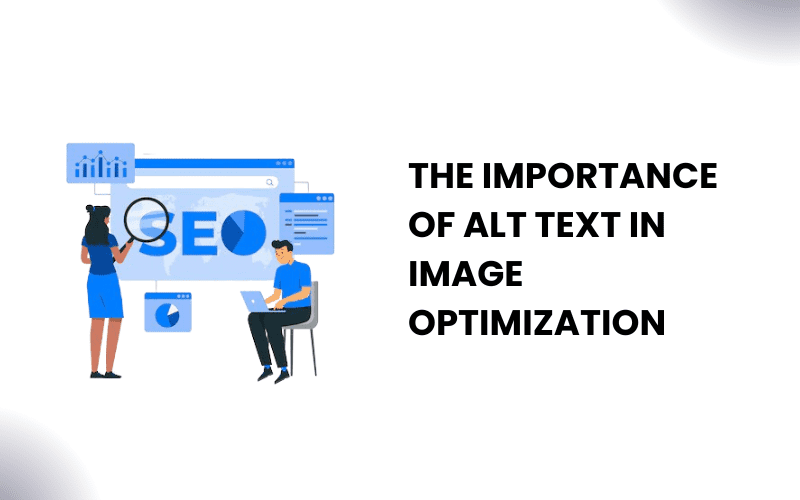


Learn how to optimize images with effective alt text for better SEO and accessibility. Enhance search rankings and improve user experience with this guide.
In the digital age, images play a crucial role in enhancing the visual appeal of websites and improving user engagement. However, the role of images goes beyond just aesthetics; they also contribute to the overall search engine optimization (SEO) of a website. One of the key elements in image optimization is the use of alt text, also known as alternative text. Alt text is a brief description of an image that is added to the HTML code of a webpage. It serves several important purposes, including improving accessibility for visually impaired users and enhancing the SEO performance of a website.
Alt text is a short, descriptive text that is added to an image’s HTML tag. It is not visible on the webpage but can be read by screen readers used by visually impaired individuals. When a screen reader encounters an image, it reads the alt text aloud, allowing the user to understand what the image represents. In addition to accessibility, alt text is also used by search engines to understand the content of images, as search engine crawlers cannot “see” images but can read the text associated with them.
Alt text is a critical component of on-page SEO. Search engines like Google use alt text to index images, which can significantly impact a website’s search rankings. When search engines crawl a webpage, they analyze the alt text to determine the relevance of the image to the content of the page. Well-optimized alt text can help images appear in image search results, driving additional traffic to the website. Moreover, images with alt text are more likely to be indexed by search engines, improving the overall SEO performance of the website.
One of the primary reasons for using alt text is to enhance the accessibility of a website. The internet should be accessible to everyone, including individuals with disabilities. By adding alt text to images, web developers can ensure that visually impaired users can fully understand the content of the website. Screen readers rely on alt text to describe images, making it an essential feature for creating an inclusive online experience.
Writing effective alt text requires a balance between being descriptive and concise. The goal is to provide enough information to convey the content of the image without being overly wordy. Here are some tips for writing effective alt text:
While alt text is a powerful tool for image optimization, there are some common mistakes that should be avoided:
Alt text is an essential element of image optimization, playing a crucial role in both accessibility and SEO. By providing descriptive and concise text for images, web developers can improve the user experience for visually impaired individuals and enhance the visibility of their website in search engine results. Effective use of alt text can drive additional traffic to a website, improve search rankings, and contribute to a more inclusive online environment. Therefore, it is important for businesses, including an organic SEO agency, to prioritize alt text in their overall SEO strategy. By following best practices for alt text implementation, websites can maximize the benefits of this often-overlooked aspect of SEO and ensure that their images contribute to the overall success of their online presence.
